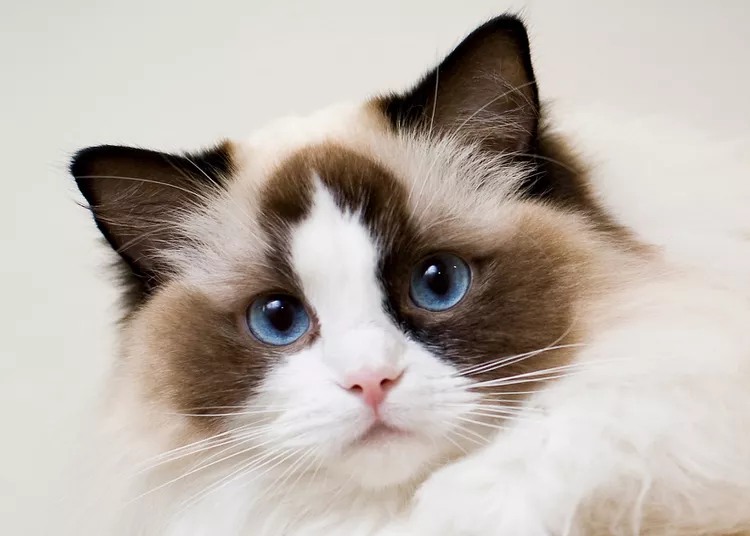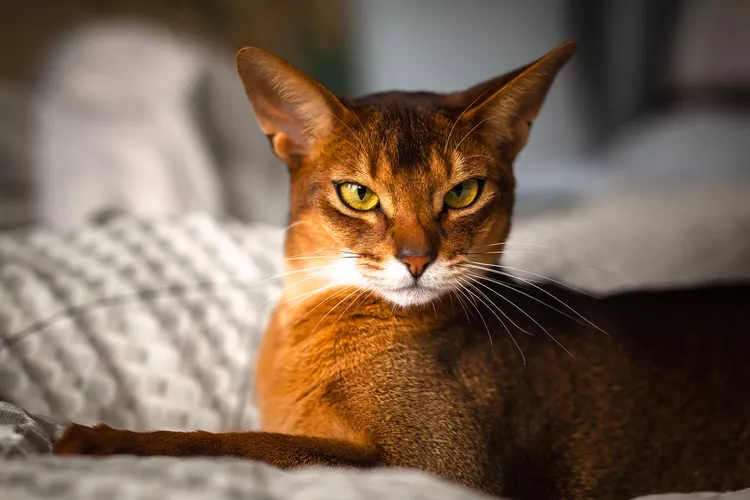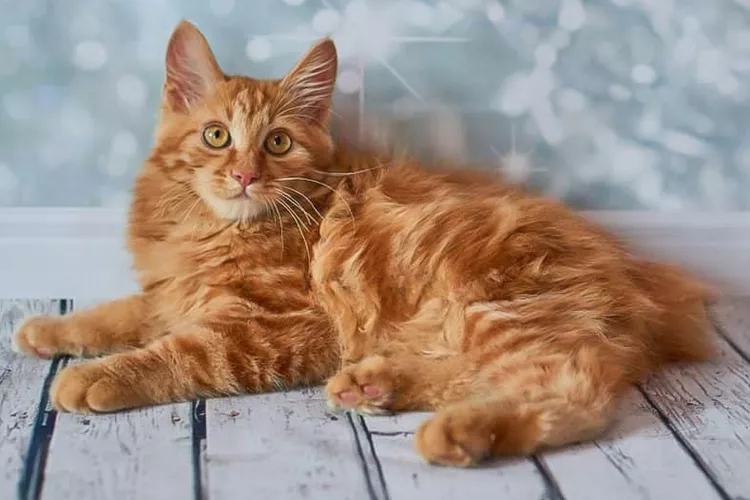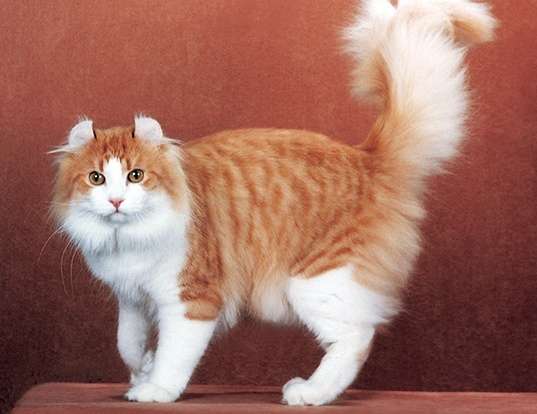
Description
Size: 8-20lbs
The Ragdoll cat breed is big, stunning, and has a luxuriant coat. It has a broad chest, a short neck, and strong legs hiding behind an amazingly silky, thick, and semi-long to long-haired fur. The tail is long and shaggy. The breed is commonly recognized for its huge round dark blue eyes.
It has three types of pointed patterns: bicolor, colorpoint, and mitted. Ragdolls are available with or without markings on the face and feet in chocolate, blue, seal, and lilac point colors. Nonstandard colors, such as red and lynx point, are accepted by some associations.

Behavior
Activity Level: Moderate
Social needs: Needs human or pet company
They adore their owners, welcoming them at the door, chasing them throughout the home, and leaping into their laps or snuggling in bed whenever the opportunity arises. They frequently learn to respond when called or to recover toys tossed for them. They like playing with toys and participating in family activities. If you’ve had a rough day, they’ll snuggle onto your lap to provide soft comfort.
Origin/History
Ragdoll cats are a fairly recent breed. It was created in the 1960s in California. Ann Baker, a cat breeder, intended to make a gorgeous cat with a caring nature. She began by mating a domesticated long-haired, white cat of unknown origin called Josephine with numerous Burmese-like cats. Baker finally created the first ragdoll cats, although it took several generations
Care as a Pet
Ragdolls are friendly, fairly active cats. They take pleasure in routine play sessions with wands or other interactive cat toys. For cerebral engagement, the majority also benefit from feeding from a feline puzzle feeder. However, it’s best to get up and play with your cat rather than just leaving toys around for them to enjoy. This will promote family ties, keep your cat’s weight under control, and prevent boredom-related behavioral issues.
Nutrition and Diet
Develop a diet with your veterinarian that is suitable for the age and level of activity of your ragdoll. Foods that are wet in some way can help to prevent urinary problems. Don’t keep the food out in your cat’s bowl all day; rather, ration it. Food left out could cause obesity and overeating, which are risk factors for diabetes in cats.
Grooming needs
The reasonably lengthy fur of a Ragdoll cat has less undercoat, making it less prone to mating and shed, but it doesn’t mean the cats don’t require maintenance. Comb it twice a week to eliminate loose hair that can cause knots..
Table





